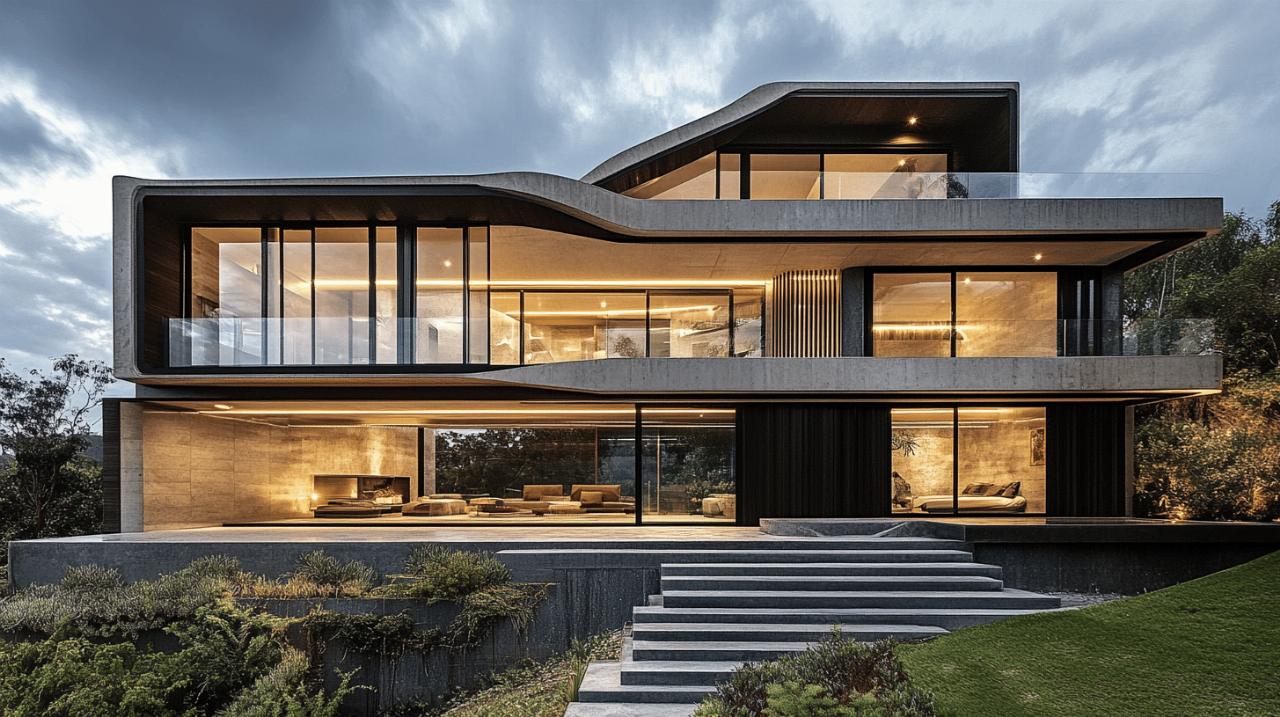Modern living spaces are evolving with cutting-edge design philosophies that reshape how we interact with our homes. These innovative approaches prioritize functionality while embracing sustainability and personal expression in residential architecture.
Transformative space solutions
Living environments today demand versatility that adapts to changing needs while maintaining aesthetic harmony. Modern designers now incorporate multi-functional elements that serve practical purposes while creating visually appealing spaces that respond to local climate conditions.
Convertible furniture systems
Space optimization reaches new heights through adaptable furniture that transforms based on immediate requirements. Modular pieces seamlessly transition from daytime to nighttime configurations, maximizing small footprints with remarkable efficiency. Many homeowners discover Casa Idea designs particularly effective for urban apartments where every square foot matters. These systems often feature hidden storage compartments, fold-away workstations, and beds that disappear into walls during daylight hours.
Vertical garden integration
Living walls bring biophilic design principles directly into residential spaces, connecting occupants with nature while improving indoor air quality. These plant systems utilize minimal floor space while creating visual interest and contributing to wellness through natural elements. Vertical gardens function as living art while supporting sustainability goals through improved oxygen levels and reduced energy consumption for climate control. Smart irrigation systems make maintenance manageable even for those without gardening experience.
Smart technology home features
Modern living spaces now embrace cutting-edge technology that transforms ordinary houses into innovative smart homes. These intelligent residential solutions combine functionality, sustainability, and adaptability to create spaces that respond to occupants' needs while optimizing resource usage. The integration of digital systems has revolutionized how we interact with our living environments, making homes more efficient, comfortable, and personalized.
Smart home features represent the intersection of technology and residential architecture, offering unprecedented control over living spaces. From automated climate control to sophisticated security systems, these technologies enhance daily life while promoting energy conservation and sustainability. The advancement of wireless connectivity and artificial intelligence has accelerated the adoption of these innovations, making them more accessible and user-friendly for homeowners.
Voice-activated living environments
Voice-activated technology has transformed how we interact with our homes, creating seamless living experiences that respond to verbal commands. These systems control lighting, temperature, entertainment, and security features through simple voice instructions. The convenience of hands-free operation enables residents to manage their environment while engaged in other activities, enhancing accessibility for all household members including those with mobility limitations.
The integration of voice recognition with other smart home systems creates a cohesive ecosystem that learns user preferences over time. Sophisticated AI algorithms adapt to household routines, anticipating needs based on established patterns. This personalization extends to lighting scenes, temperature preferences, and entertainment options that can be activated with customized voice commands. The technology also interfaces with smartphones for remote activation, allowing users to prepare their home environment before arrival.
Energy-efficient automation systems
Smart home automation represents a significant advancement in residential energy management, with systems that can reduce consumption by 20-50% compared to conventional methods. These integrated technologies monitor and optimize energy usage through real-time data collection and automated adjustments. Smart thermostats form the foundation of energy-efficient homes by learning occupant schedules and preferences while maintaining optimal comfort levels with minimal resource expenditure.
Automation extends beyond temperature control to encompass lighting, appliances, and water usage. Motion sensors activate lights only when spaces are occupied, while programmable systems adjust brightness based on natural light availability. Smart appliances minimize water and electricity consumption through precise usage controls. Solar panel systems with microinverters enhance energy production efficiency, allowing each panel to operate independently for maximum output. When combined with advanced insulation techniques like spray foam and sustainable building materials such as bamboo and recycled steel, these automation systems create homes that are both technologically sophisticated and environmentally responsible.
